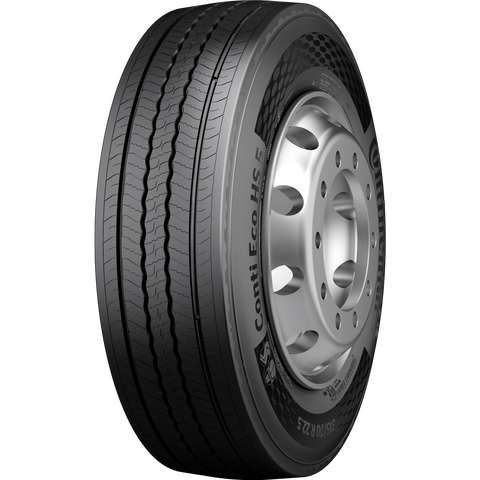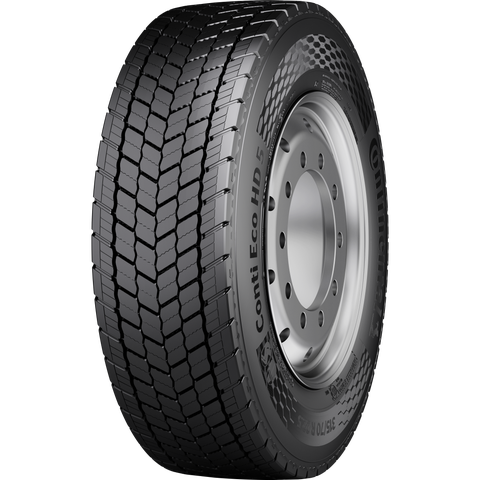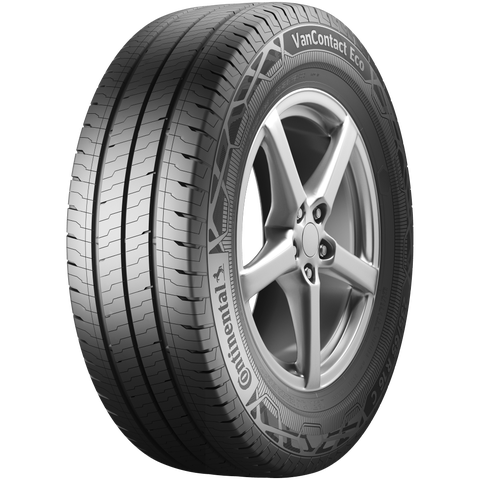Visit Continental Tires in your country for local vehicle fitment
#Business Know-How
Beyond Mileage
Why rolling resistance matters to your fleet
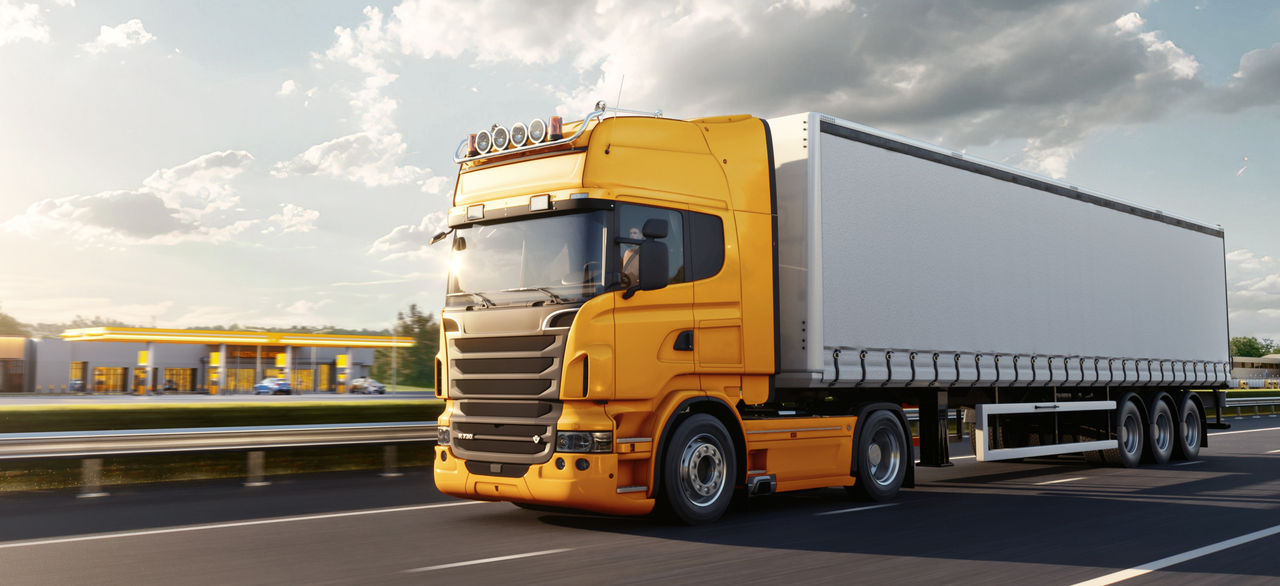
The rising cost of fuel is a significant concern for businesses. While many fleet operators focus on mileage, low rolling resistance provides savings that extend beyond tire wear. To stay competitive, your fleet needs cost-effective solutions. Discover how low rolling resistance tires can help align with EU regulations and reduce CO2 emissions even further.
Low Rolling Resistance Saves You Money
Lower rolling resistance tires can enhance your fleet’s efficiency while supporting environmental goals. How is that possible? By lowering fuel consumption, which reduces both costs and CO2 emissions.
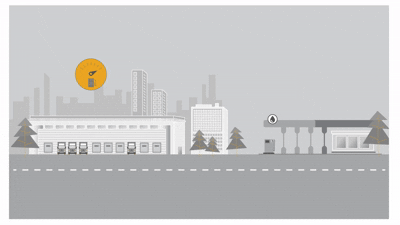
Did You Know?
Low rolling resistance tires can boost fuel efficiency
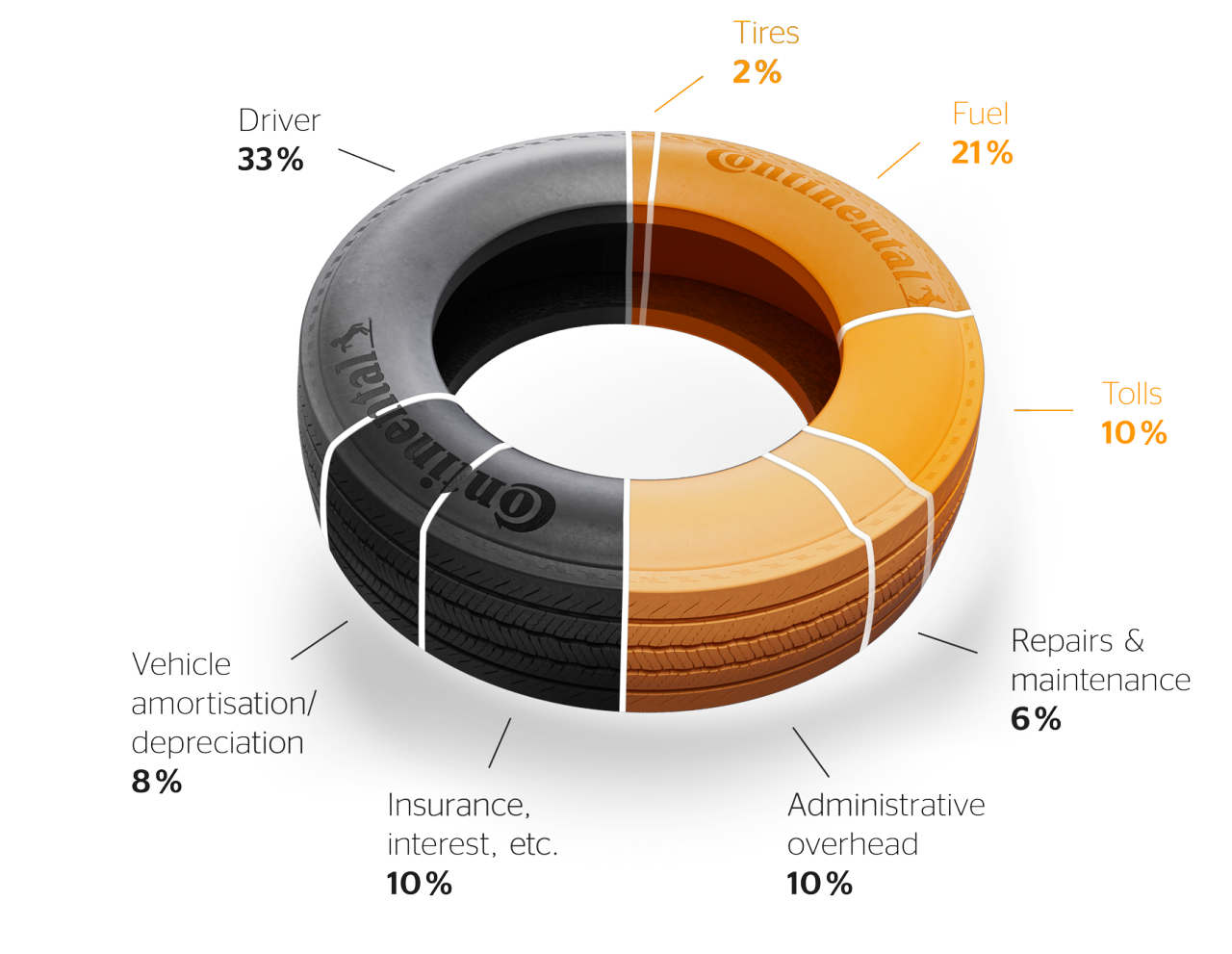
The tire purchase represents only a small fraction of your fleet’s operating costs, but choosing low rolling resistance tires unlocks a big opportunity to actively boost your cost effectiveness.
* Calculations based on market average for each of the following countries: France, Germany, Italy, Poland, Spain, UK, hereby aiming to provide a European average. Each country is weighted by its vehicle parc (Global Data medium/heavy commercial vehicle parc 2024). Individual costs may vary. Variances may be due to rounding. Status: April 2024.
Sources: Bundesverband Güterkraftverkehr Logistik und Entsorgung (German Federal Association of Road Haulage, Logistics and Disposal), Sveriges Åkeriföretag (The Swedish Association of Road Transport Companies), financial reports from European road carriers.
Save More With Fuel Efficient Tires
See how low rolling resistance can save your fleet money. Let’s calculate the potential cost savings based on the following scenario and conditions.
1. Vehicle type: 4x2 tractor truck (GVW > 16t), driving 120,000 km annually.
2. Application 70% regional; 30% highway.
3. Fuel price: €1.55* per litre.
[*average cost of diesel within Europe in 11/2024]
4. Tire size: 315/70 R22.5 for steer and drive axles.
Switch from Hybrid Generation 5 to Eco Generation 5
Cost Comparison
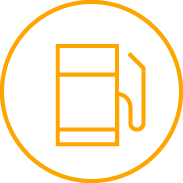
Annual savings in
fuel consumption / costs
1.729,02 litres
€1,827
per vehicle

Annual extra costs
in mileage
€ 596
per vehicle

Annual savings
in total costs
€1,232
per vehicle
Your Perfect Fit!
If your fleet operates mainly on regional roads, the Conti Eco is the ideal choice for maximizing savings.
Start saving with low rolling resistance tires like the Conti Eco!
But What Is Rolling Resistance – And What Causes It?
The impact of low rolling resistance on efficiency
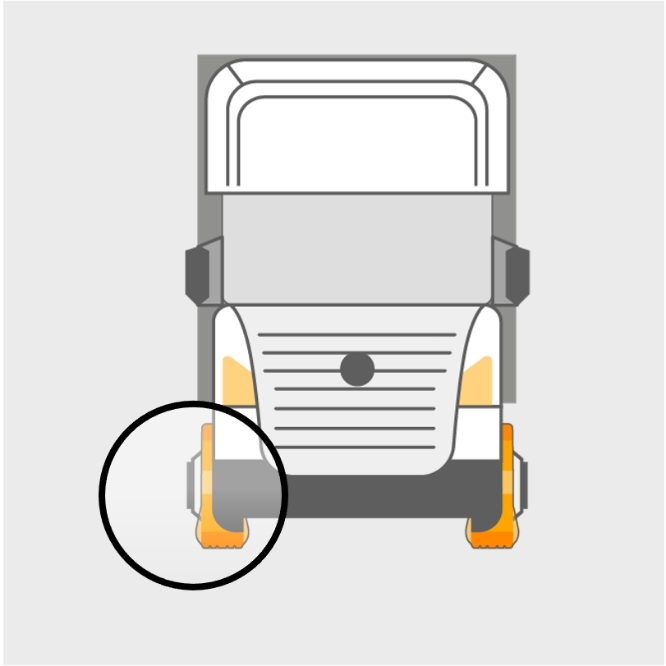
When a tire moves under a vehicle’s weight, the tread and sidewall flex, bend and shear.
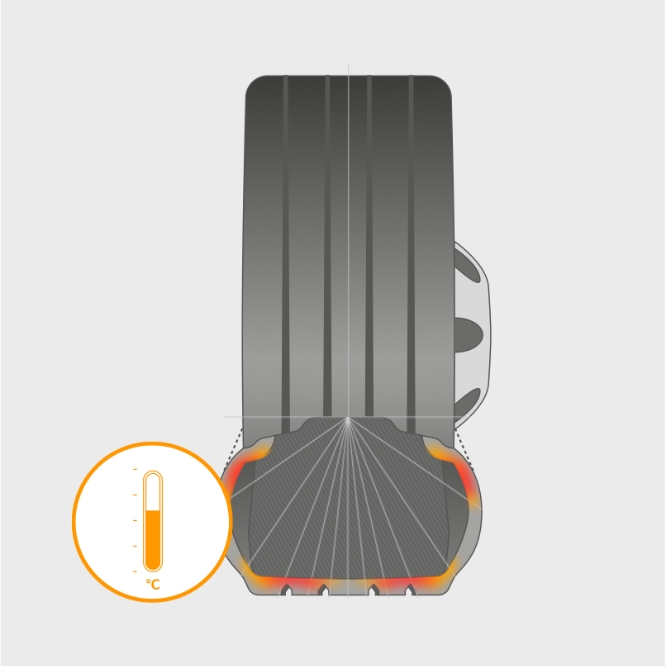
Around 90% of rolling resistance is caused by energy loss as heat, called hysteresis.
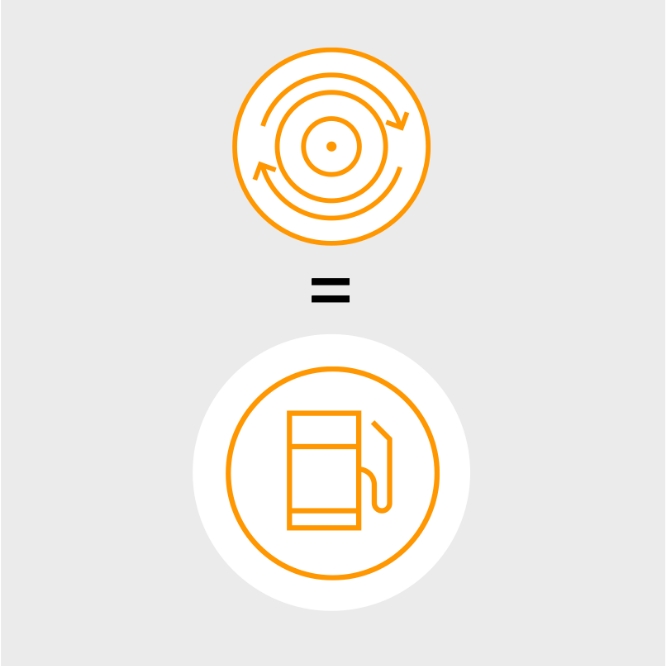
Rolling resistance and fuel consumption are linked, affecting efficiency and costs.
- Kristina Kumme
- Gerhard Pomberg
“Low rolling resistance tires are highly beneficial for fleets, as they significantly reduce fuel consumption and enhance overall profitability. In addition, they make for lower CO2 emissions, making fleet businesses more sustainable.”
Kristina Kumme
Strategic Program Manager,
Continental

“Reducing fuel costs is crucial for us, to help maintain stable prices for our customers.”
Gerhard Pomberg
Logistics Operations Manager
Remondis
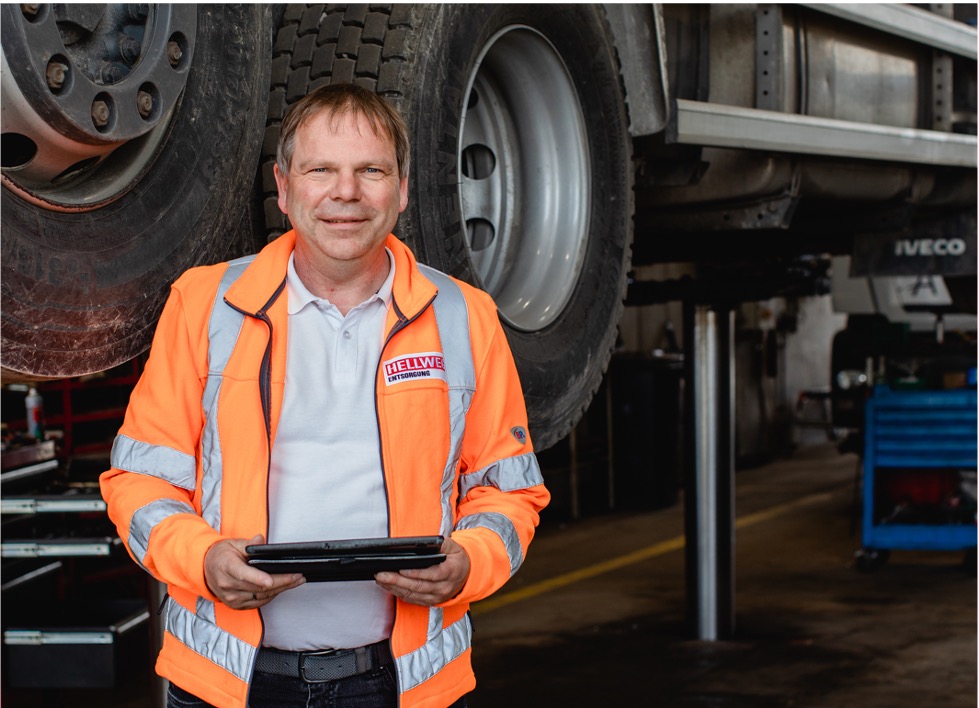
Road Transport Is One Of The Biggest Levers To Reduce Emissions
That’s why governmental regulations target CO2 reductions.
25%
of Europe’s greenhouse gas emissions come from the transport sector.
75%
of greenhouse gas emissions within the transport sector come from road transport.
27%
of CO2 emissions from road transport are accounted for by trucks and buses.
Fuel Efficiency Is Key In Reducing CO2 Emissions
Stay ahead with compliance and sustainable practices.
Governments worldwide are introducing initiatives and regulations (e.g. road tolls, EU Taxonomy and VECTO) to reduce CO2 emissions and promote sustainability in transport. These measures set clear standards to enhance fuel efficiency. Lower rolling resistance not only supports compliance with these measures but also helps fleets save money.
Achieving compliance with the help of optimised rolling resistance:

=
Low rolling resistance

=
Lower fuel consumption

&
Lower operating costs

Lower CO2 emissions


